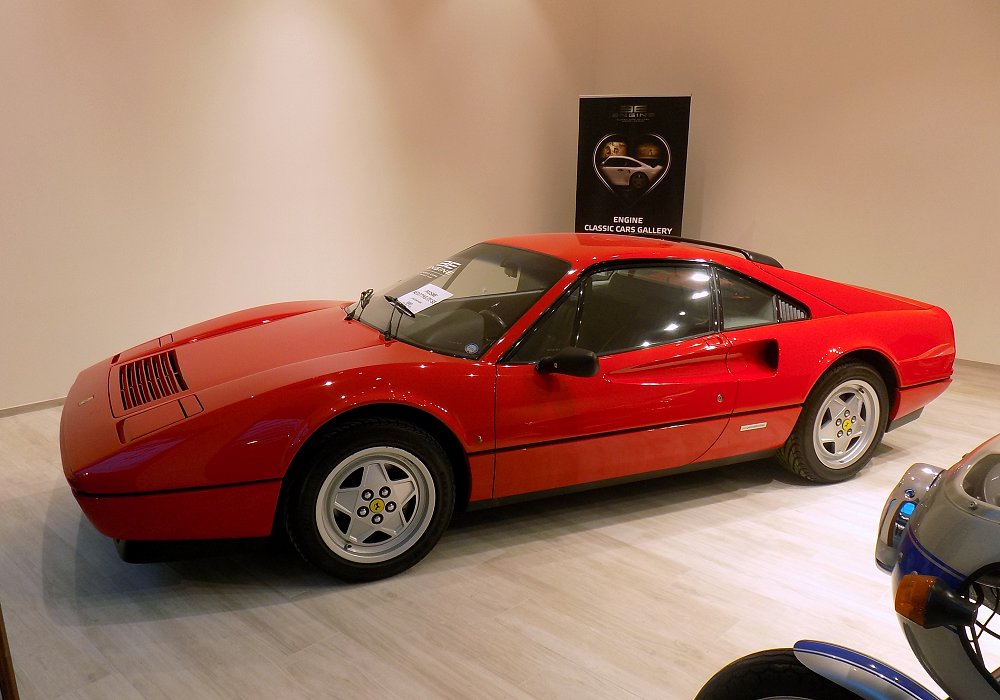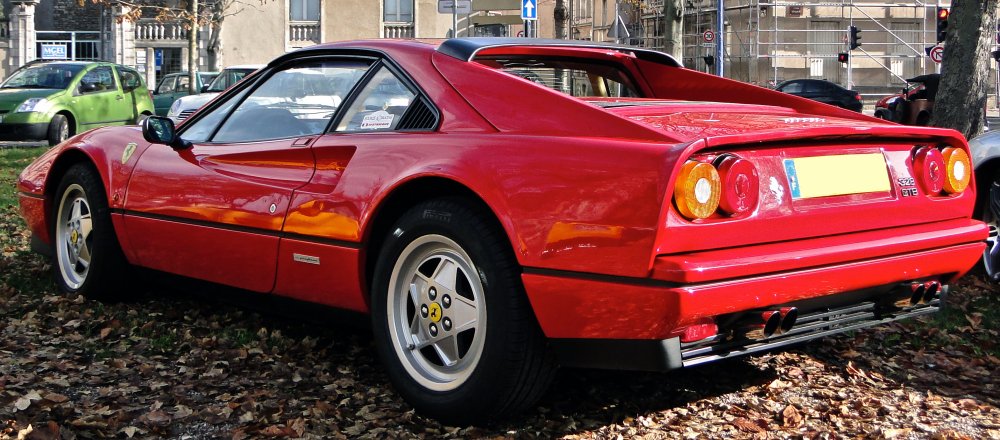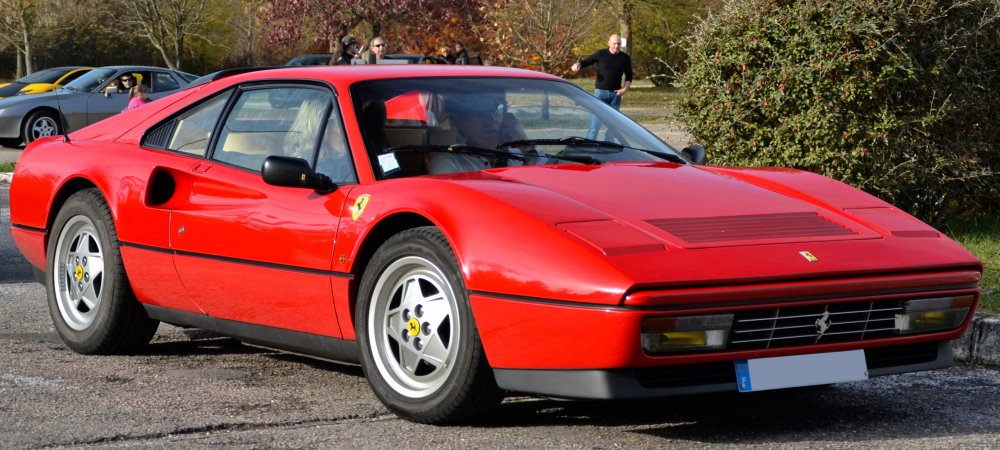Description
The Ferrari 328 GTB was introduced in 1985 as the successor to the 308 GTB, representing the final development of Ferrari’s classic transverse mid-engined V8 platform that had begun with the 1975 308 GTB. The “328” designation referred to the car’s 3.2-liter, eight-cylinder engine, while “GTB” stood for Gran Turismo Berlinetta, denoting the fixed-roof coupe body style.
While its styling, penned by Pininfarina, was clearly an evolution of the 308’s iconic wedge-shaped design, the 328 featured numerous subtle refinements. The lines were softened slightly, with body-colored integrated bumpers, reshaped front and rear valances, and revised door handles giving the car a more modern and cohesive look. The front spoiler and air intakes were redesigned for improved aerodynamics, and new 16-inch wheels became standard, enhancing both aesthetics and handling.
The heart of the 328 GTB was a 3,185 cc 90-degree V8 with four valves per cylinder, Bosch K-Jetronic fuel injection, and Marelli electronic ignition. In European specification, it produced 270 horsepower, while U.S. versions made slightly less due to emissions regulations. Mated to Ferrari’s classic open-gated five-speed manual gearbox, the engine delivered 0 to 100 km/h in about 5.5 seconds and a top speed of around 263 km/h, making it the fastest V8 Ferrari of its time.
Inside, the 328 received an updated interior with improved ergonomics over the 308. The dashboard was redesigned with clearer instrumentation, revised switchgear, and better climate controls. Leather upholstery was standard, and while the cabin retained the intimate, driver-focused feel, it offered greater comfort and refinement for longer journeys.
The 328 GTB retained the nimble, balanced handling characteristics of the 308 but with improved suspension tuning, upgraded brakes, and a more robust chassis. These refinements made it not only faster but also more predictable and confidence-inspiring to drive.
Produced until 1989, the 328 GTB was built in smaller numbers than the 328 GTS targa-roof version, making it rarer today. Its blend of timeless design, robust mechanicals, and accessible performance has earned it a reputation as one of the most usable and reliable classic Ferraris, often seen as a perfect bridge between the analog driving experience of the 1970s and the more modern Ferrari era of the 1990s.


